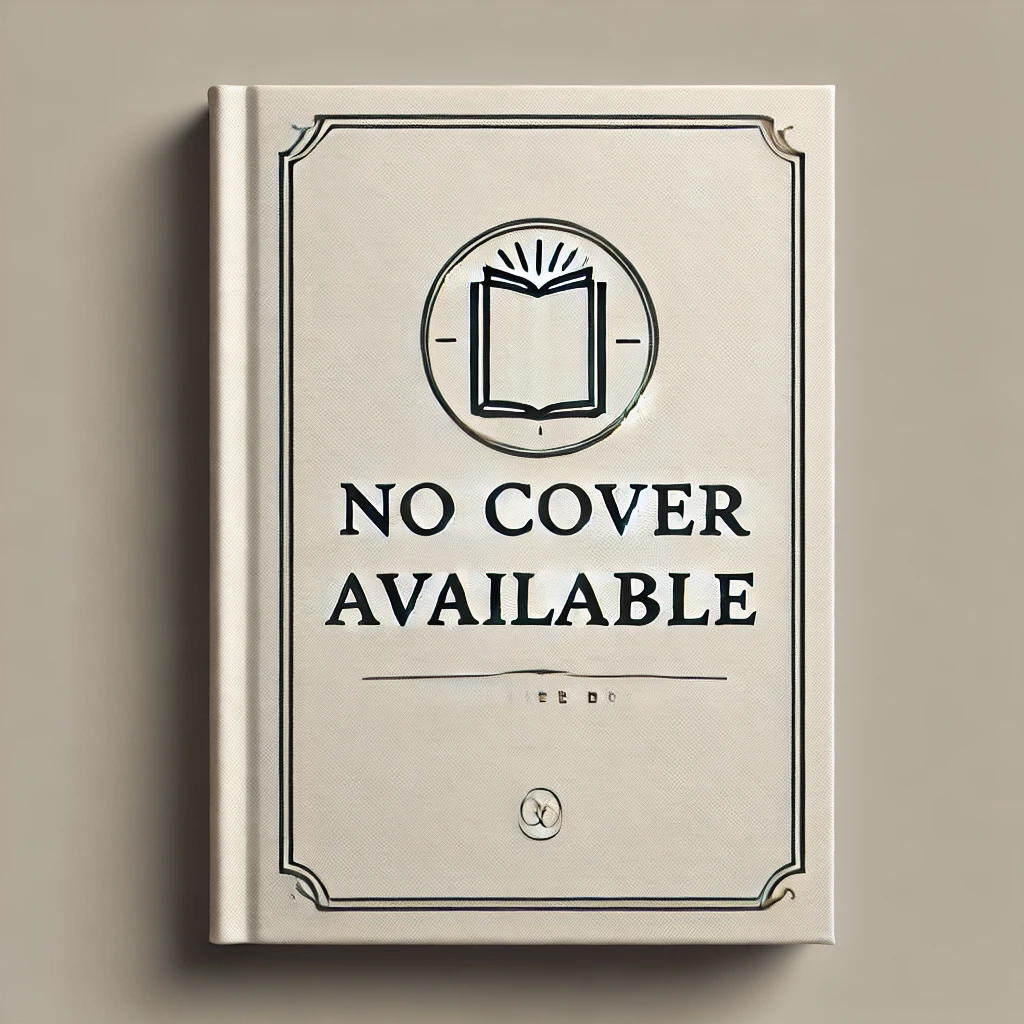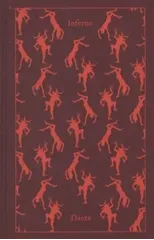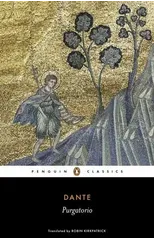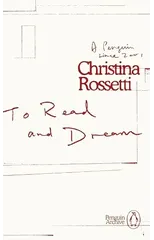Lay down all hope, you that go in by me . . . Through the gates of Hell, past whirling hurricanes, leering devils and rivers of blood, lies the ultimate evil: Satan himself. Masterfully translated by Dorothy L. Sayers, this first instalment of The Divine Comedy tells the captivating tale of Dante and Virgil's arduous journey through the nine circles of the underworld, and remains one of the most influential works in literary history.
Dante
Dante Alighieri was a prominent Italian poet from the late Middle Ages, known for his significant contributions to literature. His most notable work, "The Divine Comedy," is a monumental epic poem that is considered one of the greatest literary works in the Western canon. Dante's writing style is characterized by its intricate symbolism, vivid imagery, and profound philosophical themes.
"The Divine Comedy" follows the journey of the protagonist, Dante himself, through the three realms of the afterlife: Hell, Purgatory, and Heaven. Through his exploration of morality, politics, and religion, Dante's work has had a lasting impact on the development of the literary genre of allegorical poetry.
Dante's work continues to inspire countless writers and artists, and his influence can be seen in various forms of literature, art, and culture. His legacy as a literary giant remains unparalleled, and his works continue to be studied and celebrated worldwide.











